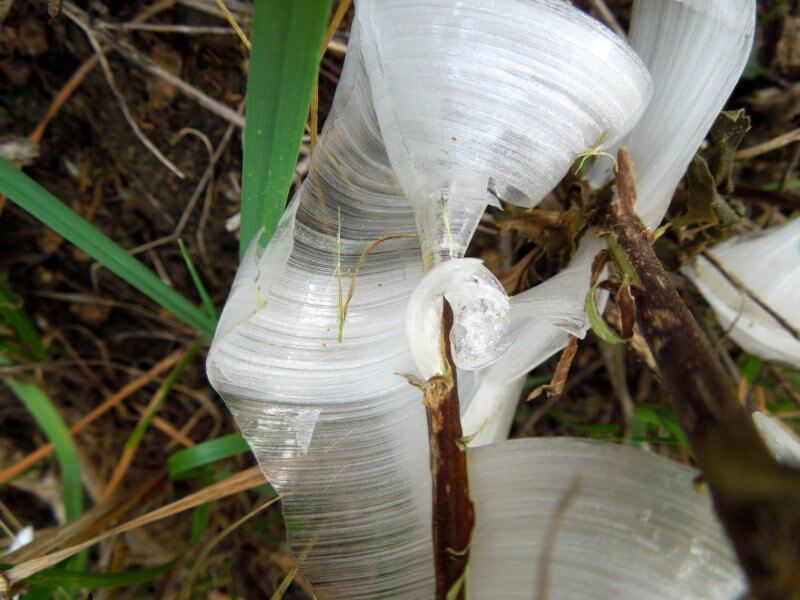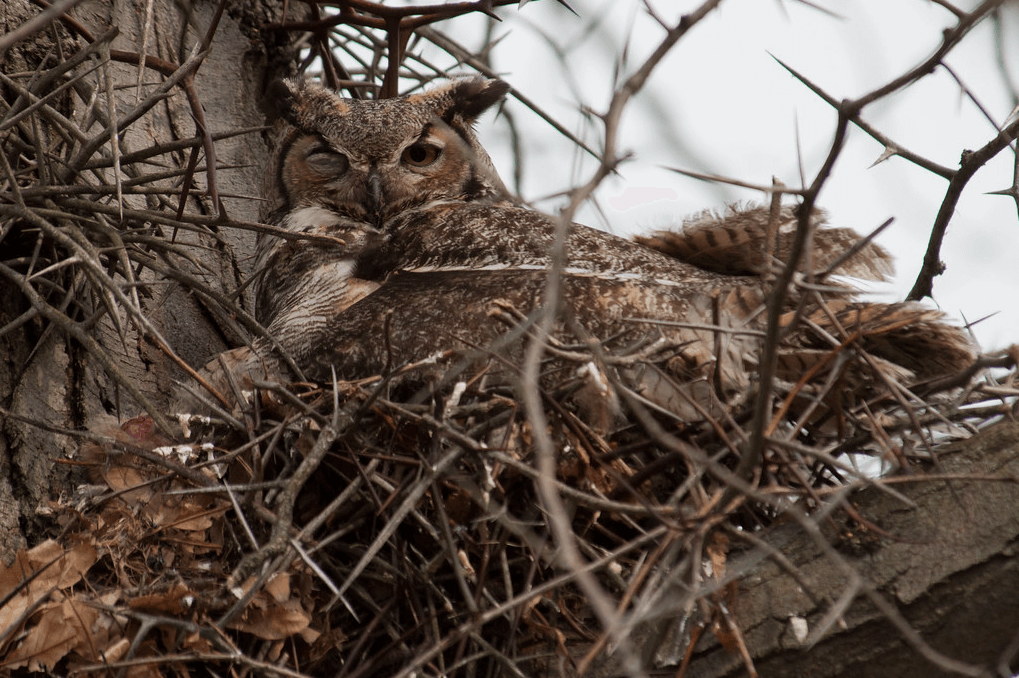By Kelly Dix, MNHC Volunteer
Last Thanksgiving we took a trip to New Mexico. We were hiking in the Sandia Mountains in the late morning on a north-facing slope. It was a clear and crisp day and had gotten quite cold overnight. We approached some low-lying plants that were preparing for winter and appeared to be covered with fluffy white feathers.
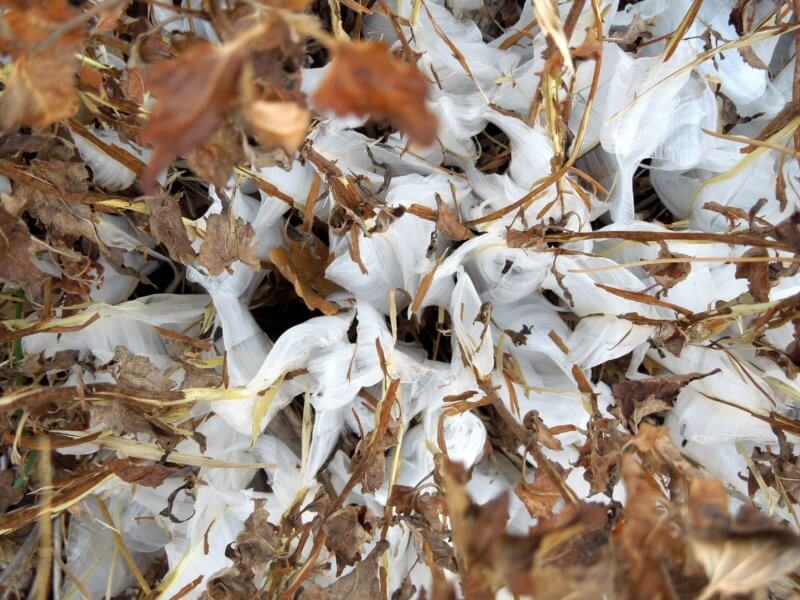
As we got near enough to investigate more closely we discovered that they were not feathers at all. Rather, they were ribbons of ice (think ribbon candy).
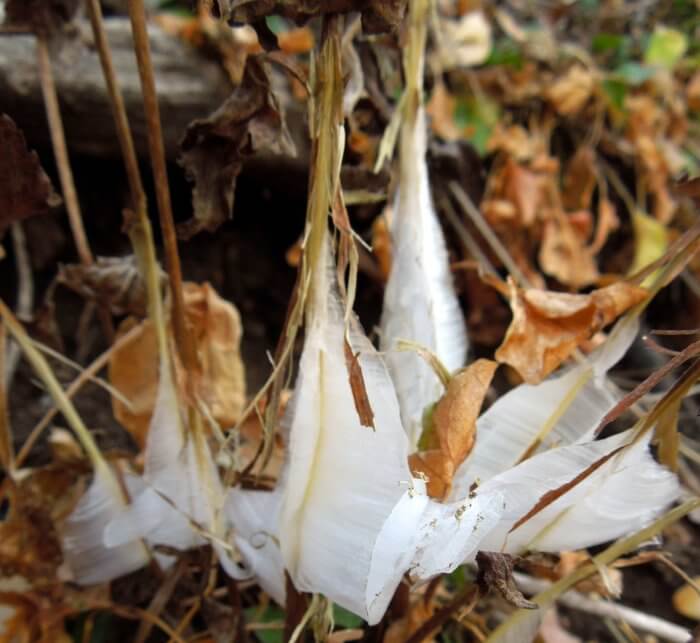
The physics of their formation puzzled me, so I did a little on-line research when we got home and learned that these “ice ribbons” go by several names like rabbit ice and ice flowers. (For more information, here’s a good article, and here’s another one.)
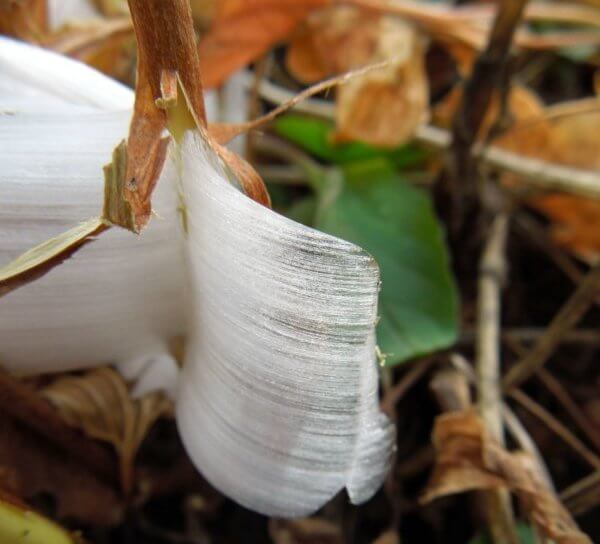
Ice ribbons are formed under specific circumstances in which the air temperatures are below freezing and the ground temperatures are above freezing. Sap in the stem of the plant expands as it freezes and causes the stem to crack. Water then oozes through these cracks by capillary action and freezes on contact with the air. The result: another beautiful work of art by Mother Nature.
